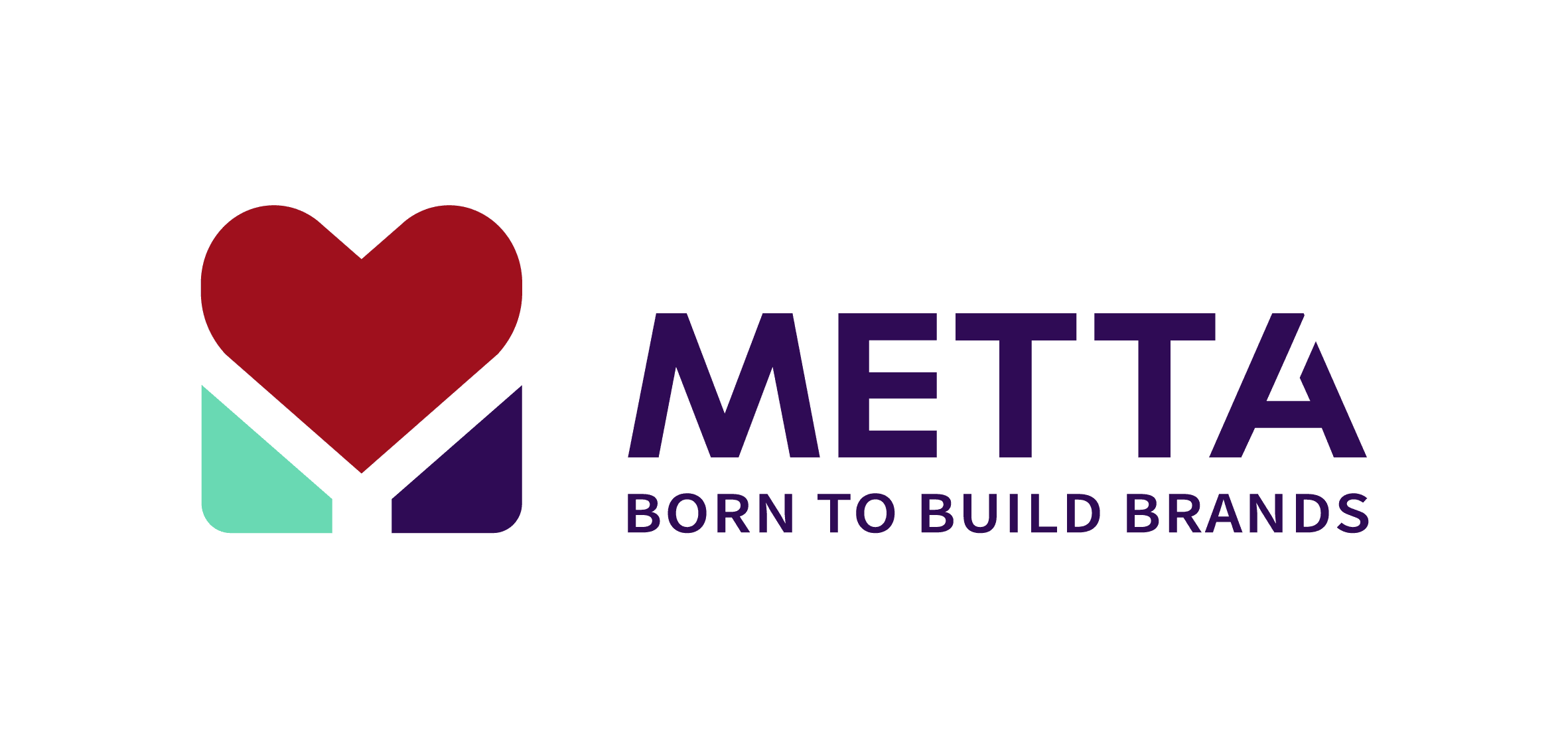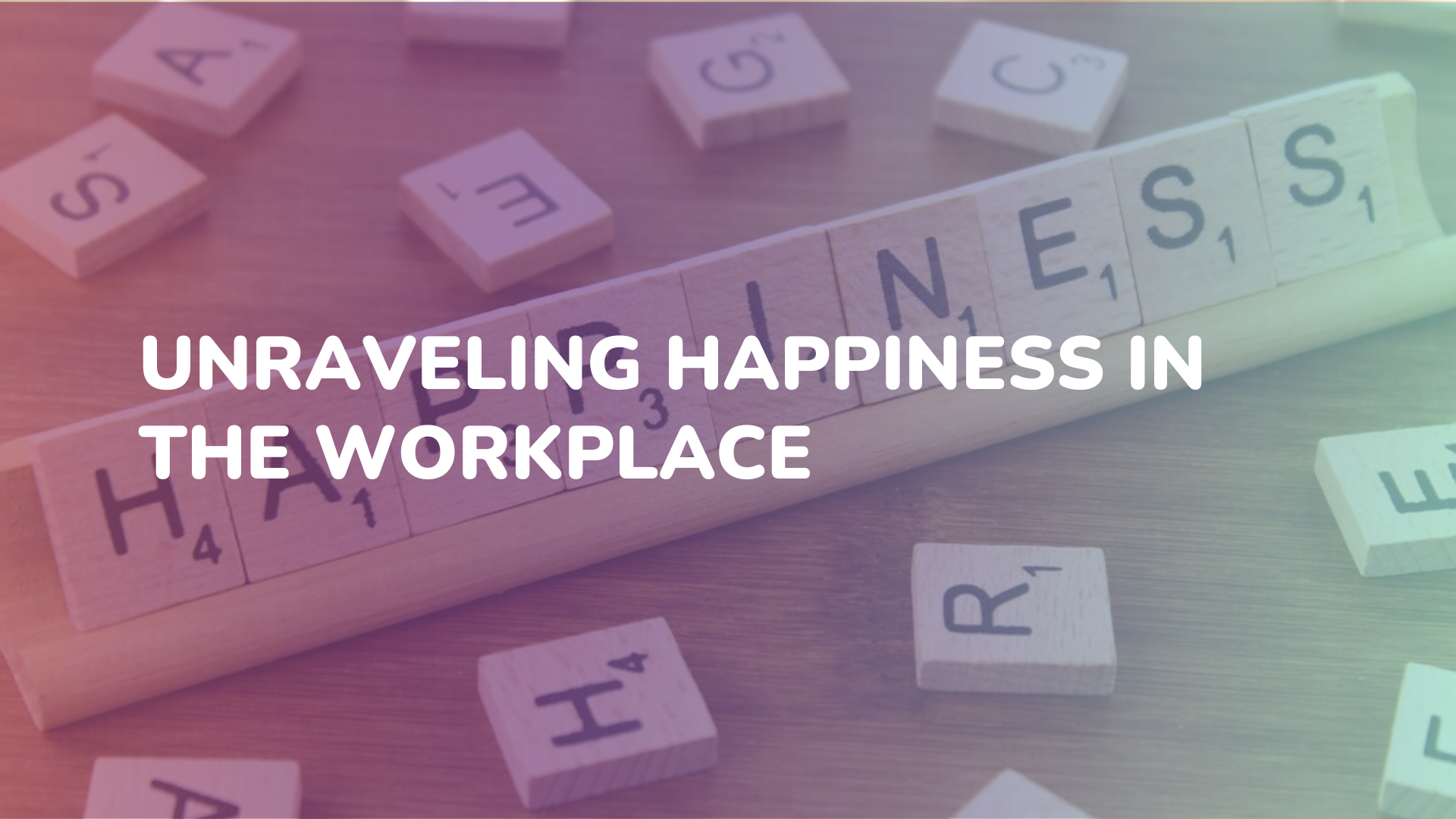Unraveling happiness in the workplace
The mission to optimize the level of employee happiness has led some organizations to appoint Chief Happiness Officers. For example, many years ago, Google appointed Chade-Meng Tan, an engineer, as their “Jolly Good Fellow,” and since then, he has written the book “Search Inside Yourself.” Let’s explore the true meaning of happiness within organizations and the nuances that come with it.
To define workplace happiness, we need to define human happiness. We all come from different backgrounds, unique personalities, and varying expectations. What brings happiness to one person may not necessarily bring happiness to another. Managers with employees from two, three, or even four different generations often wonder how they can implement practices that satisfy both millennials and soon-to-retire employees. Their needs, ambitions, and expectations often differ significantly.

To find a common ground in defining happiness, we can turn to Buddhist monk Matthieu Ricard for inspiration. He states that “happiness is a profound sense of freshness that arises from a mind that is exceptionally healthy… not a fleeting feeling of pleasure, a passing emotion, or a mood, but an optimal state of being.”
Key Factors Contributing to Workplace Happiness
Employee happiness can be influenced by two main factors: organizational ecosystem and employee mindset.
Let’s delve into the organizational ecosystem first. To optimize employee happiness, the company’s purpose must inspire employees. This helps them understand how they contribute to making the world a better place. However, purpose alone is not enough; conscious leaders are also needed who can create the necessary conditions for their teams to succeed while fostering a collaborative and inclusive environment. Individual autonomy, psychological safety, and strong transparency must be developed. Leaders should also prioritize employee happiness and development.

All these factors contribute to conscious, progressive organizations that make a positive impact on employees, communities, and the environment, thereby increasing happiness among their employees. Patagonia is an excellent example of such an organization. It is a certified B Corporation, a private certification for companies focused on social and environmental impact, which requires a rigorous certification process. These companies operate based on their ability to positively impact employees, communities, and their environment. Being a certified B Corporation brings happiness not only to their employees but also to all customers and partners.
Secondly, focus on the importance of employees’ mental states. Research by Sonia Lyubomirsky reveals that 50% of our happiness is genetically determined, while 40% results from our attitude and only 10% is due to life circumstances. Therefore, happiness largely depends on how we react to situations, a factor within our control. Consequently, even if an employee is in an excellent environment with all the aforementioned characteristics, a negative attitude could lead to job dissatisfaction unless they change their mindset to a positive one, filled with gratitude and mindfulness.
Measuring Workplace Happiness
Employee engagement rates often reflect current employee happiness levels. Unfortunately, when looking at global engagement rates, they hover around 36% in the United States and 22% worldwide. This means that out of 10 employees, only 2-3 are genuinely motivated to work, leading to substantial productivity losses for companies.

As part of our engagement assessment, we found a powerful question related to the concept of Employee Net Promoter Scores (eNPS). This score identifies brand advocates or ambassadors based on the question: On a scale of 1 to 10, would you recommend this company? If an employee rates 9 or 10, they’re brand ambassadors who speak highly of and promote their company to friends and family, even encouraging them to apply for job positions.
In fact, when employees are happy at work and have at least one close friend there, their engagement increases sevenfold. Those who rate 7 or 8 are passives and, depending on progress, may become promoters or detractors. Employees rating below 7 speak negatively about their leaders and company, indicating their dissatisfaction.
When it comes to improving workplace happiness, it’s essential to consider another aspect impacting happiness: overall well-being. There are many factors contributing to our well-being, including work, financial aspects, relationships, health, and our contributions to society. If an individual is content with their job but unhappy in other life aspects, their overall happiness or well-being will be compromised. Similarly, if an individual faces health or relationship issues, it will affect their productivity and job happiness, as humans are emotionally complex beings.

Organizations that stand out in the future are those that can seamlessly integrate all these aspects into employees’ lives. The pandemic has highlighted this reality. Employees are not just workers; they are individuals with personal concerns and families. Understanding these interconnected aspects, progressive companies will take necessary steps to help employees thrive at all levels, creating a more humane workplace. This will result in ambassadors and employees who will do whatever it takes to contribute to their organization’s success – all with smiles on their faces.
How to increase workplace happiness? Let us know your thoughts and comments via email at phung.metta@metta.com.vn, so we can support and help your business.
Metta Marketing
Top brand strategy consultant




